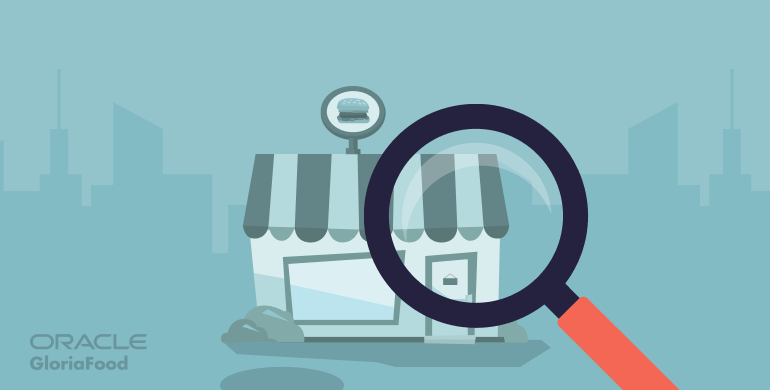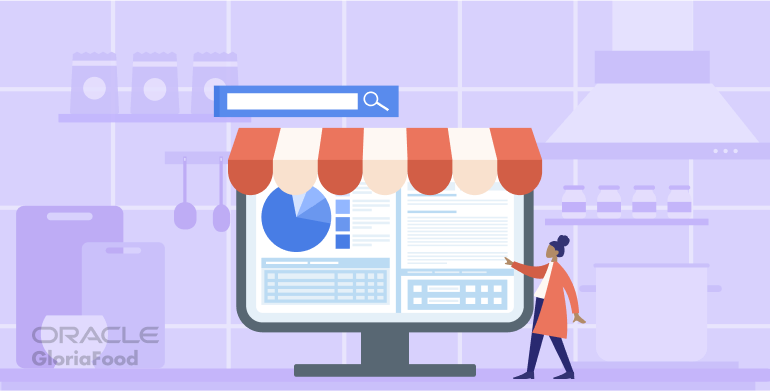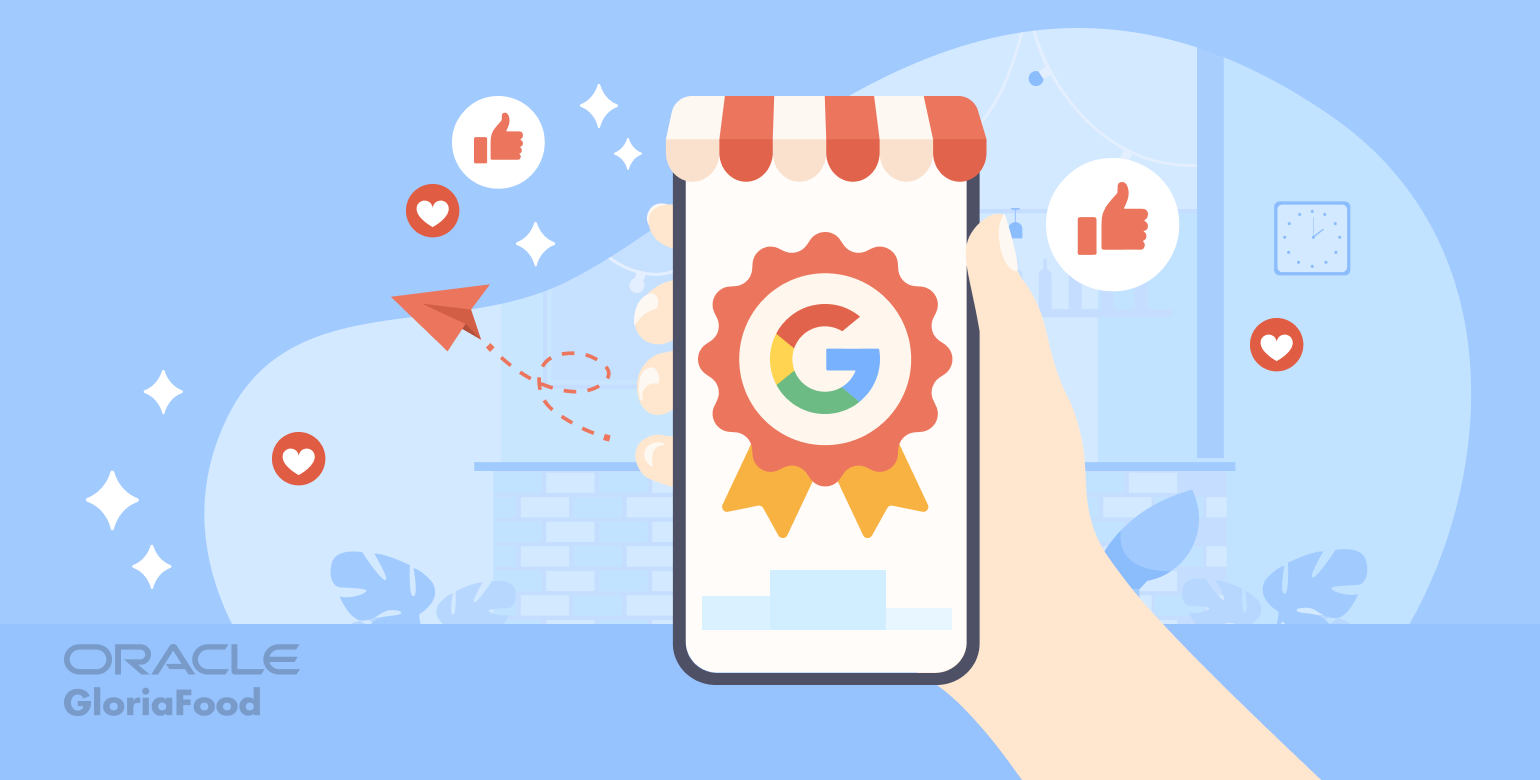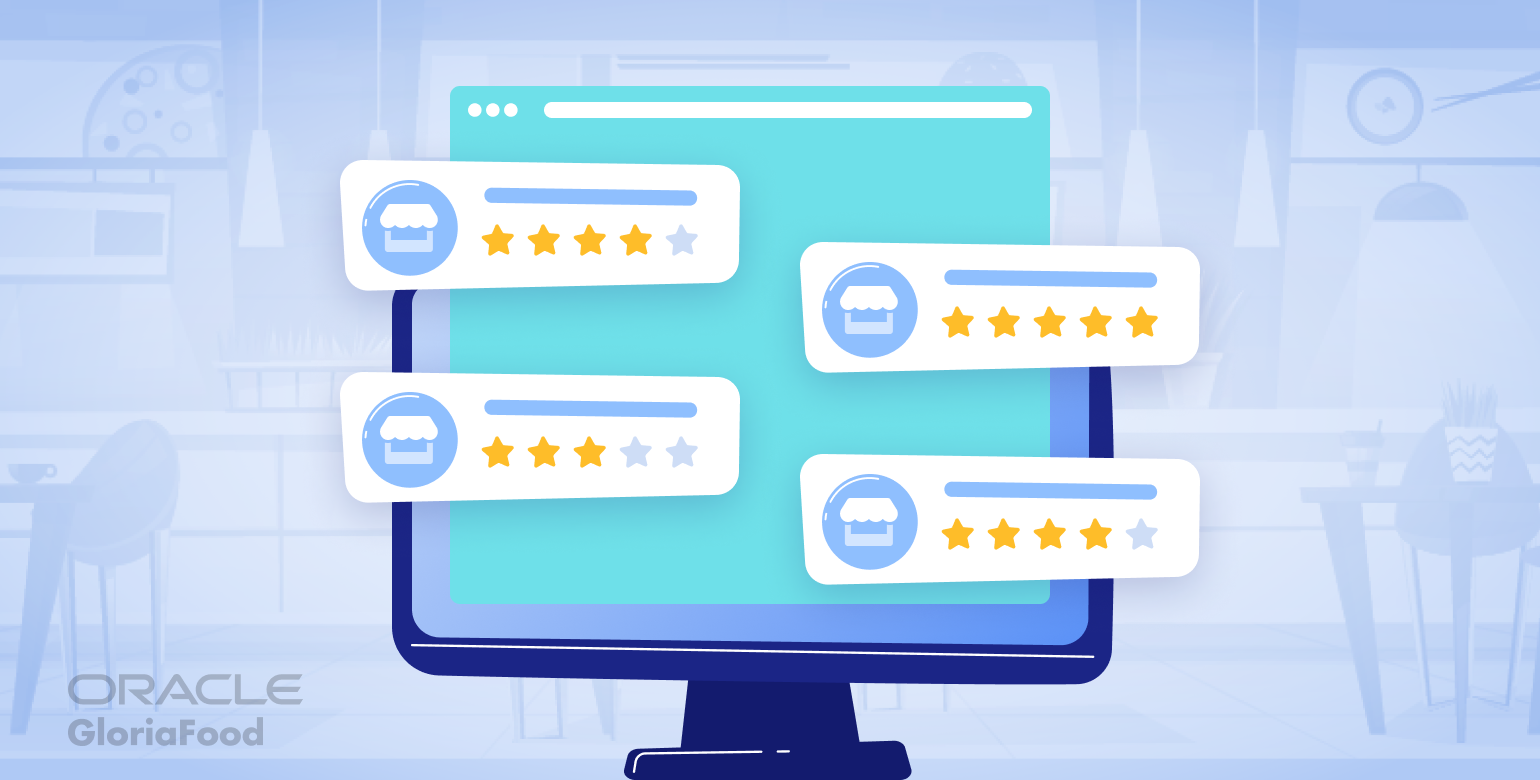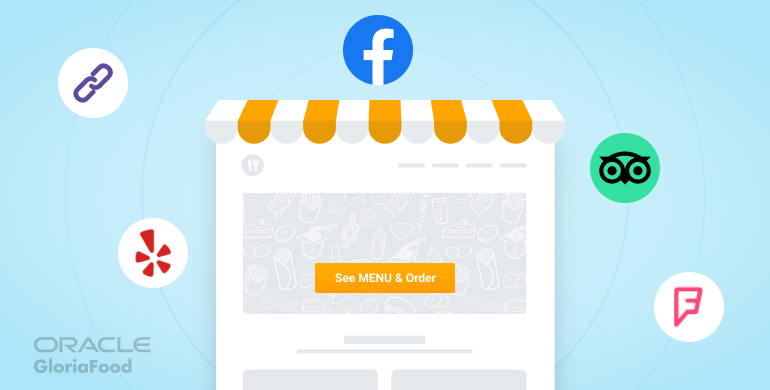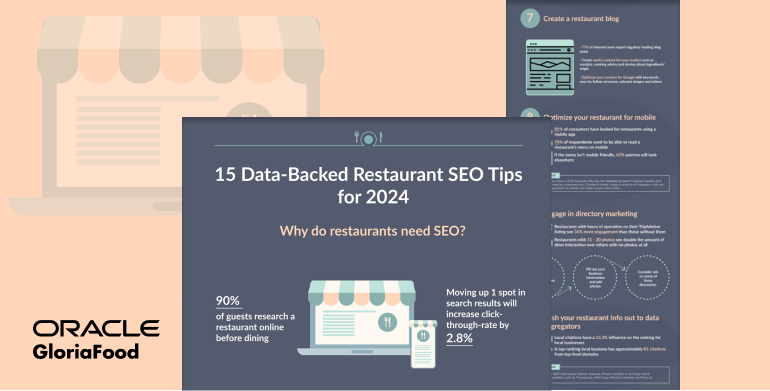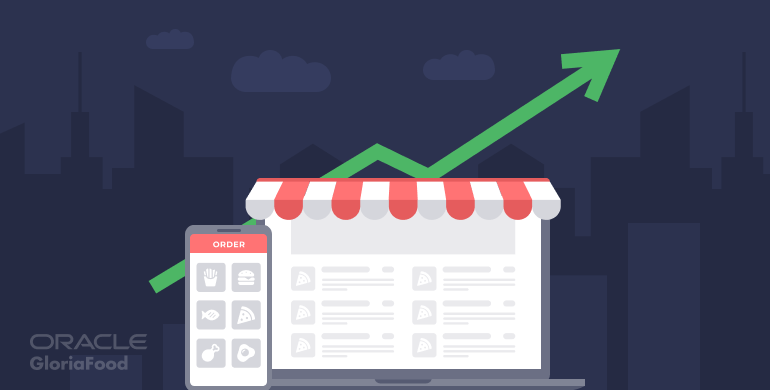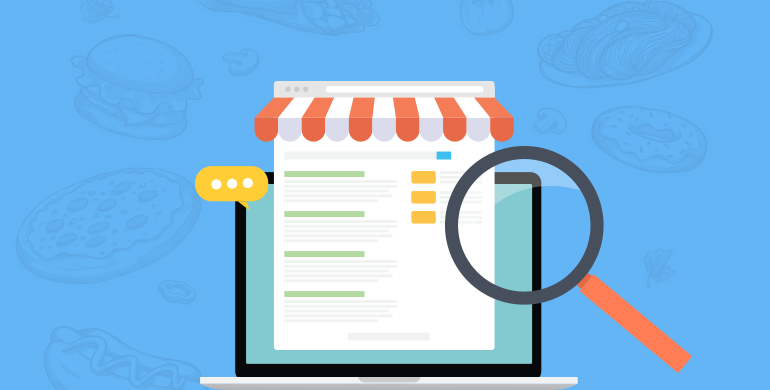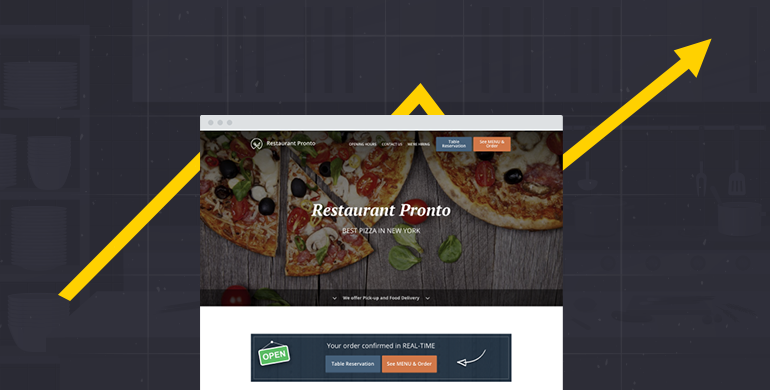- What is on-page restaurant SEO?
- Why you must do restaurant search engine optimization
- Practical tips & tricks for on-page restaurant SEO
- 1. Choose relevant SEO keywords for restaurants
- 2. Give crawlers a robots.txt to read
- 3. Submit a sitemap
- 4. Fix crawl errors
- 5. Optimize performance to boost SEO
- 6. Protect your customers with SSL
- 7. Use schema markup
- 8. Focus on internal and external links
- 9. Create a blog for extra SEO
- SEO marketing for restaurants after on-page optimization
- How to enjoy the benefits of on-page restaurant SEO: The easy way
- Final Words
Having a website for your restaurant is a must. It allows you to showcase your story and food and you can even use it to take orders in a more cost-efficient way.
But how will people find your website? You can’t go posting flyers with your URL around the city or reciting the web address to potential customers on the street.
If you want people to easily reach your website, you must master on-page restaurant SEO. Check out this comprehensive guide that will help you make your restaurant’s website stand out:
What is on-page restaurant SEO?
On-page restaurant SEO (search engine optimization) implies a set of measures that you implement on your website to increase your chances of ranking high in searches.
The higher you rank in search results, the more organic traffic, leading to a variety of potential clients.
By optimizing your website, you will fulfill the three pillars of SEO:
- Relevance: your SEO work must lead you to rank for searches that are relevant to your location and type of cuisine. You don’t want to rank for best burgers in New York when you only serve pizza in Alabama;
- Authority: SEO tools will give you a domain score according to several factors such as the number of backlinks, quality of content, and website structure. The higher, the better;
- Quality: a website that is intuitive and loads fast on every type of device will be appreciated by both clients and search engines.
Why you must do restaurant search engine optimization
Check out these on-page restaurant SEO benefits that will convince you to optimize your website as soon as possible:
- Increase traffic to the website: the higher you rank, the more people will click on your website. Once they open it, you have a chance to convince them to become clients;
- Increase brand awareness: because you will appear in relevant searches, more people will find out about your restaurant and the delicious food you serve;
- Stand out from the competition: if your competitors don’t invest in SEO, you will surely gain more customers compared to them;
- Get more orders: with a visible menu and ordering button, you can persuade people to order when they find you in their food search;
- Get more reservations: add a table reservation button to gain clients who prefer to eat at the restaurant.
Get an SEO-optimized website that will help you rank high in Google
Don’t settle for second place when it comes to your restaurant’s profits
Practical tips & tricks for on-page restaurant SEO
These SEO basic tips will help your website get indexed and rank high in search results over time
1. Choose relevant SEO keywords for restaurants
A big part of local restaurant SEO is narrowing the keywords that you want to rank for. Before using keyword tools, try to write down some short phrases that you, in the position of a customer, would search for online (of course, applying it to your restaurant’s specs).
There is no such thing as the best keywords for restaurants in general. You have to find keywords for restaurants that are similar to yours in terms of cuisine, location, specific, etc.
Example:
Let’s say that Pronto Restaurant in Naples is serving Italian cuisine
If they’re not searching for a specific restaurant, most users will type in restaurant keywords like:
- “Italian restaurant in Naples”
- “Best restaurant in Naples”
- “Italian restaurant”
In this case, the best option for Pronto Restaurant is to optimize their website for the first two keywords. The last one is a bit too generic, and the competition is too high.
Best keyword tools you can use
Since you’re just getting started with on-page restaurant SEO, you’re probably looking for a free keyword tool, at least for now. Here are some of the best free SEO tools you can use:
If you’re willing to pay for more detailed keyword research, these tools are some of the very best:
2. Give crawlers a robots.txt to read
To crawl a website, search engines use bots that scan your site and read its contents. They do so by following the instructions found in your robots.txt file, which tells them how exactly to crawl your website.
The data crawled by these bots is then collected, and the content is indexed so that it can be served up in search results when someone is looking for that information.
3. Submit a sitemap
A sitemap sends information to search engines about your pages and how your content is organized. It tells them:
- How often bots should visit them;
- How frequently pages are updated;
- When the last change was.
The sitemap sends information like the importance of a specific URL in comparison to others on your website. For example, when it comes to priority, a page where you have the restaurant menu will be more important than a page where you list job openings.
It’s not mandatory to submit a sitemap to search engines. If your robots.txt file is in order, that alone will give search engines the information they need about your pages. However, it could help to crawl your website better, especially if it’s new and doesn’t have external links to it just yet.
4. Fix crawl errors
The Google Search Console tool has a pretty neat feature called “Crawl errors” which lists issues at pagelevel or site-wide. The latter is more urgent, as any problems that affect your entire website can cause severe damage.
But what you’ll mostly need to watch out for are URL errors – all those 404 (“Page not found”) errors that can signal a search engine like Google to stop indexing those pages.
Make sure that, instead of deleting a URL, you redirect it to another page. Otherwise, in time, these 404s will bite out of your PageRank, thus hurting your entire website.

5. Optimize performance to boost SEO
Slow loading time can negatively impact user experience and lead to poor crawling and indexing. This means that it will affect your PageRank, instead of taking you to the 1st position.
Some things that you and your webmaster can do to increase your website performance and your restaurant search engine optimization:
- Use image optimization techniques such as compressing your images with tools like TinyPNG or Optimizilla, using the right dimensions, and the proper format (usually JPG or PNG).
- Use font icons or PNG sprites for your icons. Displaying each one as an individual file means extra loading time on your page.
- Minify your HTML, CSS & Javascript. Google made a list of useful tools that help get rid of redundant bits and pieces in your code, thus improving your loading time.
- Leverage browser caching. Ask your webmaster to have a caching policy in place – you can set for how long you want specific information on your page to be cached. Browsers cache images, CSS & Javascript files to cut down on loading time for returning visitors.
- Always check your page speed. Make sure to continually verify that your speed performance is in top shape for both mobile and desktop. Google’s PageSpeed Insights can determine an overall score of your website’s performance and suggest possible improvements. We’d recommend making sure your score is above 90
6. Protect your customers with SSL
SSL stands for “Secure Sockets Layer” and it’s a certificate you can get for your website to protect your and your customer’s data. The SSL certificate is what gives your website URL the “s” in “https://”.
While you don’t have to get one, we strongly recommend that you do. First of all, Google penalizes non-https websites, which will hurt your search rankings. Secondly, your customers won’t feel safe browsing through your website if you don’t have an SSL certificate. Not to mention placing an order where they would have to input their credit card information.
7. Use schema markup
Schema markup is a bit of code that you put on your restaurant website to help search engines provide users with more accurate and informative results. If you’ve ever googled a restaurant and seen different smaller links under the main one like in the example below, you know what Schema Markup can do.
For instance, in the case of restaurants, you can choose to display a quick link to your menu or your reservations page. Browse the entire selection of Schema properties for restaurants here. If you want to see whether you’re taking full advantage of Schema markup, use the Schema checker Structured Data Testing Tool from Google.
8. Focus on internal and external links
Both internal and external linking can boost your restaurant’s SEO.
Internal linking:
- creates a relationship between your pages, which helps Google crawl your content;
- It divides link value starting with your homepage, which usually has the most significant value because of all the backlinks it has;
- If you have two pages with related content, link to each other to show they are related.
External links can improve your SEO when:
- they are from high-authority, highly relevant websites. If the site is trustworthy, it will enhance your credibility as well. On your restaurant website, you’ll probably use external links mostly on your blog;
- similarly, links of poor quality will damage your website. On your restaurant website, you’ll probably use external links mostly on your blog.
9. Create a blog for extra SEO
Do you already have a blog for your restaurant? Good. If you don’t, it’s time to start one. It will help your restaurant appear in search results for more keywords, which might end up getting you more customers. Let’s say you want to write an article on “How to Grow a Restaurant from the Ground Up.” You might be featured on the first page of Google for the keyword “how to grow a restaurant.”
Learning on-page restaurant SEO for blog articles isn’t easy, but it’s also not impossible. Here are the basics of SEO in terms of notions you should be familiar with before you start writing your first post:
- Title tag: This is an HTML tag that you can find on every webpage, in the head section. It gives search engines a clue as to what the topic of the page or article is. It’s also what users see in the SERP as the clickable blue headline. Title tags don’t directly impact organic rankings. However, not having one or having one that has nothing to do with the page’s subject matter can hurt your SEO.
- Meta-description: You can find the meta-description in the SERP, under the page title. They give a summary of the page content, both for the search engines and for the users. You have to make it catchy and attractive so that users will click on your page.
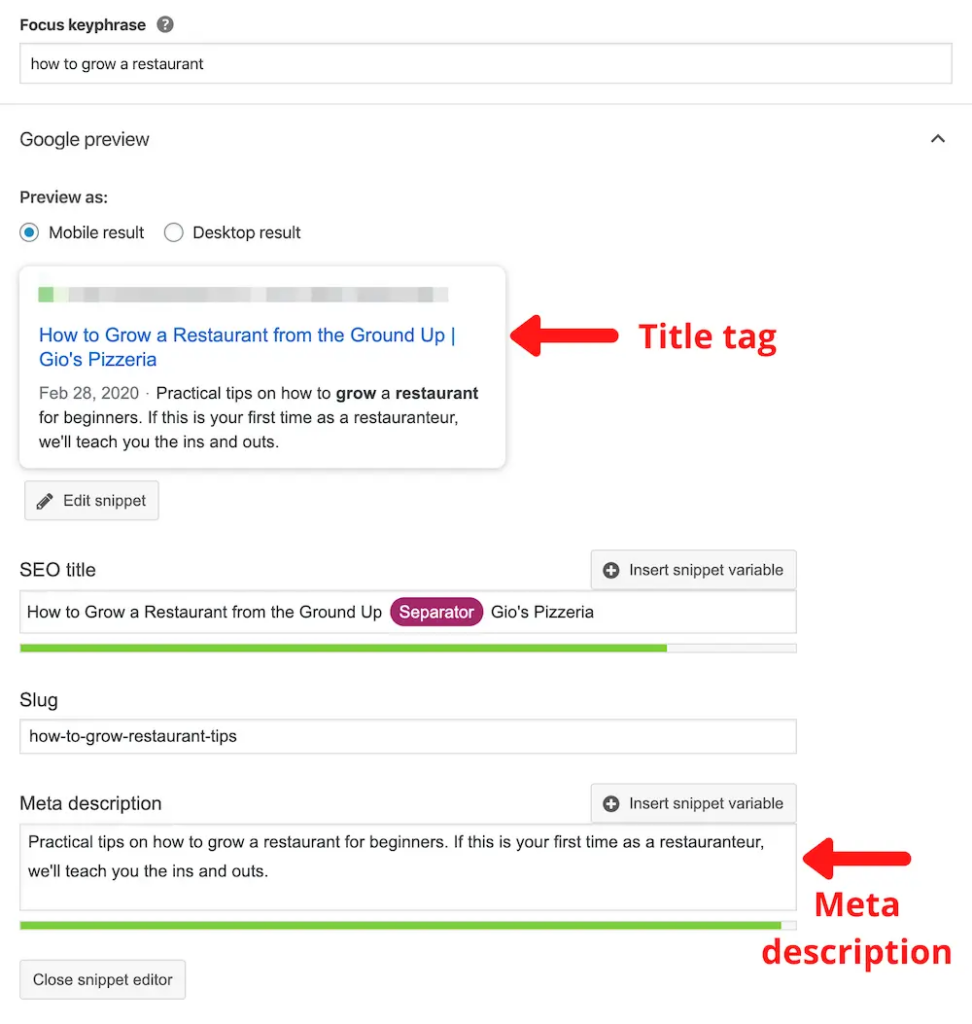
- Headline: Your headline is the title of your blog post. It’s also known as H1, and it’s what users see when they open your article, at the very top of the page. This has no direct effect on SEO, so you should make it as appealing as possible for your readers.
- Header tags (H1-H6): These HTML elements signal headings and subheadings in your text. They make the text easier to read by organizing it, and they also provide search engines with relevant keywords. So, to rank higher on Google, insert your most relevant keywords into headers.
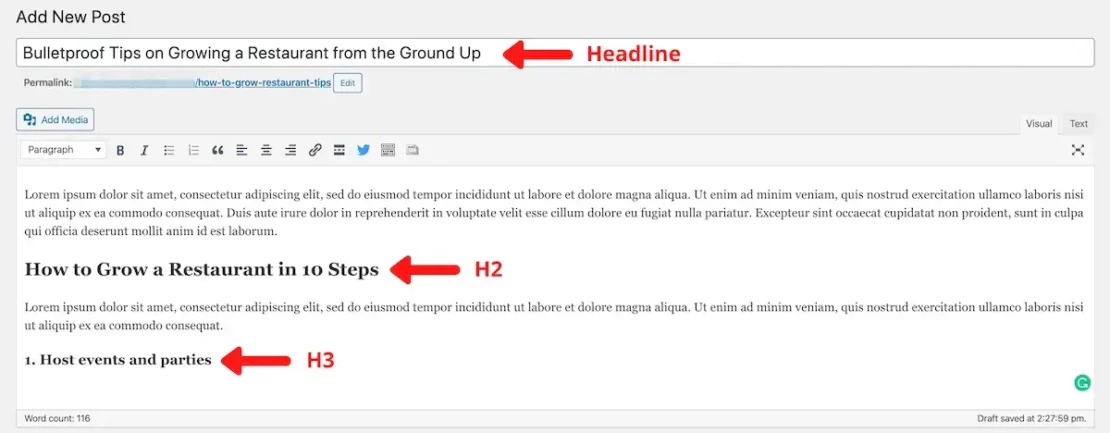
Alt-text: This element has to do with image optimization. What is image optimization, you ask? First of all, it’s compressing the image and choosing the right dimension and format to help the page load faster. Second of all, it’s image SEO. The most important part of Google image SEO is alt-text. This is short for alternative text, and it describes an image for screen readers and search engine crawlers. It helps your image get indexed, and it is displayed when the image doesn’t load.
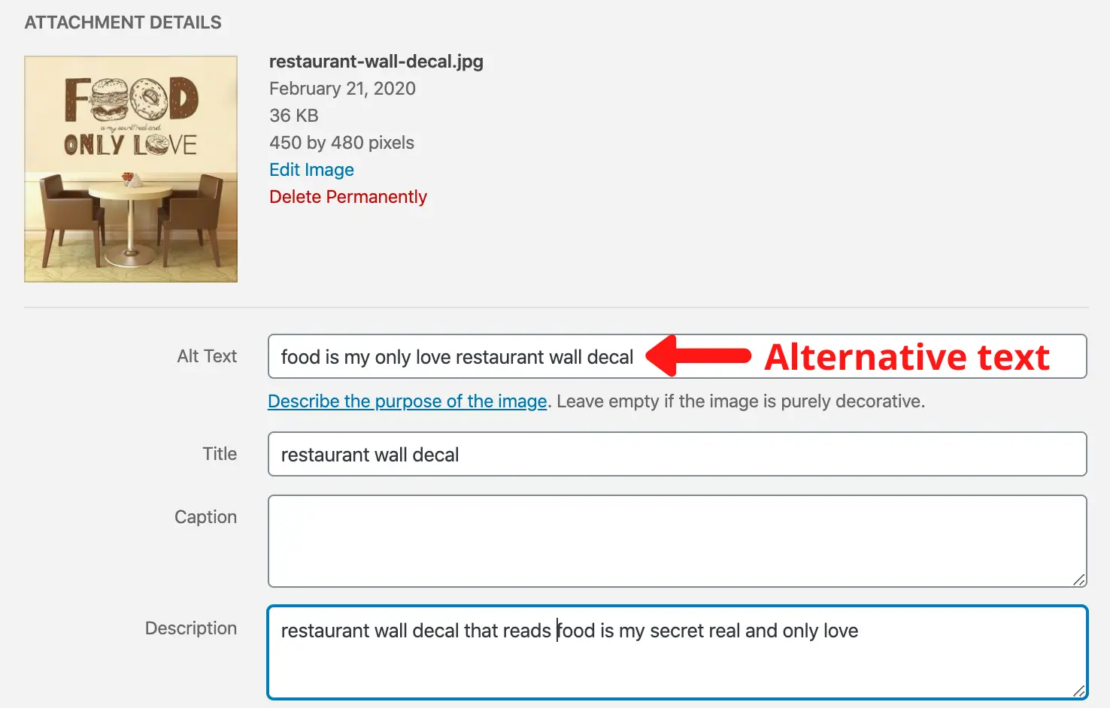
SEO marketing for restaurants after on-page optimization
To get your website ranking on the first page of search engines, you will have to extend your efforts past on-page restaurant SEO. Here are a few pointers:
- Create video content for YouTube: with behind-the-scenes looks at how individual dishes are prepared or recipes that your customers can get inspired from, YouTube SEO is mandatory;
- Get listed in restaurant directories: Your local SEO strategy should include listing your website in directories like Yelp, TripAdvisor, Zomato, or Foursquare. There, you can post pictures of your dishes, more details about your restaurant, and, most importantly, get reviews from the community!
- Strive to get reviews: reviews increase trustworthiness and social proof. If you have many 5-star reviews, customers will be more likely to click on your business listing;
- Create a Google Business Profile:: if you optimize your Google profile right, Google will list your restaurant with all the useful information users might need, based on relevance and proximity;
- Create a landing page for each of your locations: you can improve local SEO optimization by adding different location pages to your restaurant website. If you manage several locations, each one should have its landing page optimized with keywords relevant to that area;
- Do local link building: Look for businesses in your area that you could build a relationship with and that could link to your content and get in touch with them.
If you want to learn more about local and off-page SEO, check out our other restaurant SEO guides:
How to enjoy the benefits of on-page restaurant SEO: The easy way
Everyone in the industry agrees that SEO is a must if you want potential customers to discover your website. However, it shouldn’t be the only focus when putting together the best restaurant website for your business.
Instead of just focusing on SEO, try to include user experience in the mix as well. Here are some restaurant website requirements for a positive user experience:
- Beautiful yet clean restaurant website design
- One-page template with easy-to-find information
- Easy-to-find online ordering and table booking widgets
- Google Maps integration
- Mouth-watering images on your homepage and in your menu
- Mobile responsiveness – mobile usage when browsing online has already surpassed desktop users
GloriaFood offers all these features and more in a neatly wrapped package for you. If you don’t believe us, you can check out our restaurant website sample, Pronto.
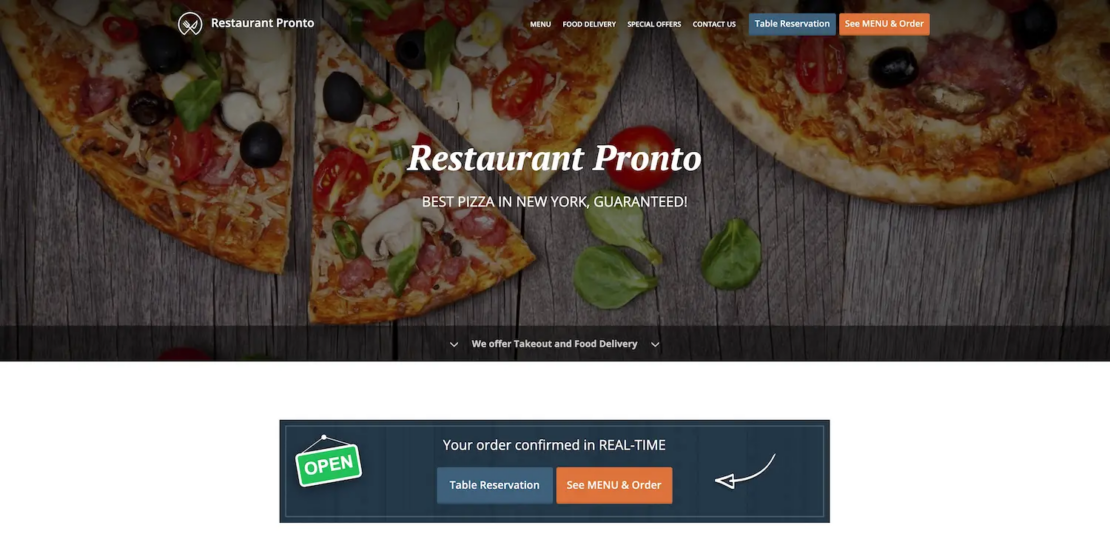
For just $9/month, we can create a restaurant website for your business that is already user- and SEOoptimized
Discover the benefits of optimization without the hassle
Our restaurant builder delivers a personalized website, already SEO-optimized
Final Words
On-page SEO for restaurants doesn’t have to be a hassle. It can be quite exciting once you get the hang of it. Follow the tips in this on-page restaurant SEO guide, and you will see your website ranking high on Google and other search engines.
If you have questions about anything related to doing on-page SEO, don’t hesitate to get in touch.
- What is on-page restaurant SEO?
- Why you must do restaurant search engine optimization
- Practical tips & tricks for on-page restaurant SEO
- 1. Choose relevant SEO keywords for restaurants
- 2. Give crawlers a robots.txt to read
- 3. Submit a sitemap
- 4. Fix crawl errors
- 5. Optimize performance to boost SEO
- 6. Protect your customers with SSL
- 7. Use schema markup
- 8. Focus on internal and external links
- 9. Create a blog for extra SEO
- SEO marketing for restaurants after on-page optimization
- How to enjoy the benefits of on-page restaurant SEO: The easy way
- Final Words
